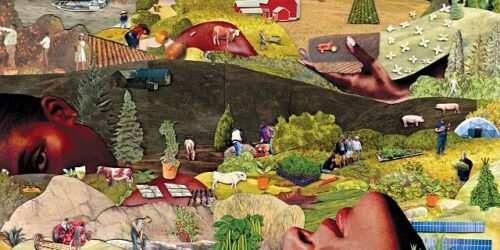31 May 2022
Late last year, I spent time with leaders and members of the Sicangu Lakota Oyate, also called the Rosebud Sioux Tribe. We celebrated the return of bison to their ancestral lands in what is today known as South Dakota. Together, we watched as five dozen bison were released onto the tribe’s Wolakota Buffalo Range—around 28,000 acres of native grassland that is home to North America’s largest herd owned and managed by Indigenous people. Over the past five years, WWF has invested around $3 million in restoring bison, or buffalo, to tribal lands here and throughout the Northern Great Plains to promote a healthier ecosystem and help restore the important ecological, economic, and cultural benefits that bison provide to Indigenous communities.

Once numbering in the tens of millions, bison have long played a critical role in the lives of Indigenous peoples, who relied on these magnificent mammals for their meat, hide, and fur; many revered them as sacred. By the late 19th century, though, the species had been nearly eradicated by white settlers and hunters. The decimation of bison herds left Native American communities without their primary food source, negatively impacting their health and culture while degrading the ecosystem, which had evolved with the bison in a symbiotic relationship over thousands of years.
It was humbling to be part of this bison homecoming event, which was especially meaningful because the herd had been transferred from Wind Cave National Park in South Dakota. The Lakota creation story says its people originated there, together with the buffalo, which the Sicangu Lakota consider to be their ancestor. It was also inspiring to see how today this community has aligned its values, heritage, identity, and resources to build toward a future that safeguards their food sovereignty, livelihoods, and the grasslands ecosystem—and restores the spiritual and cultural relationship between the bison and people.
To read the rest of this extensive analysis by Melossa D Ho of the WWF, please click on Food, landregeneration – A New Vision

使用條款 | 隱私政策 | APLF 可持續發展